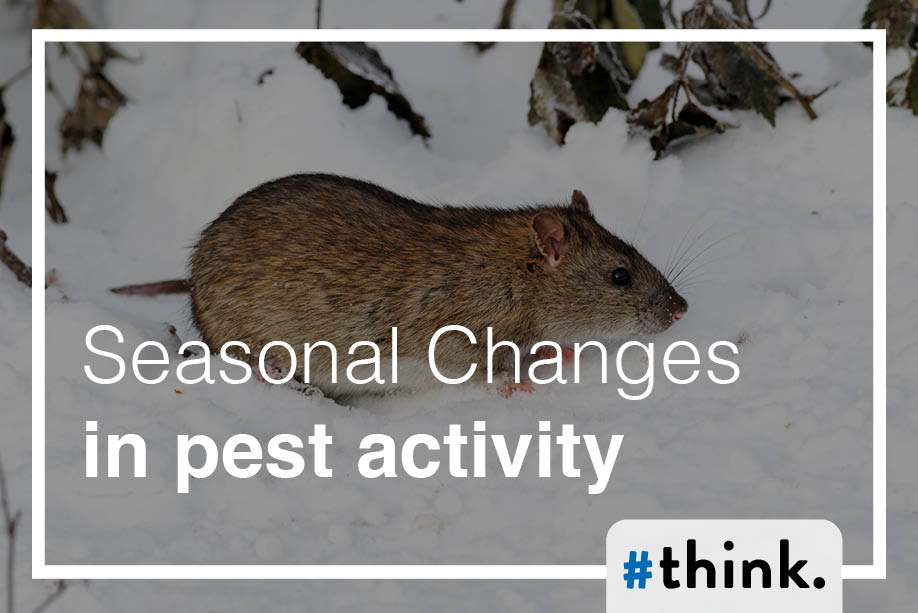As the seasons shift and temperatures fluctuate, so too does the behaviour and activity of pests. Understanding these seasonal variations is key to implementing effective pest control strategies and safeguarding your home year-round. Let’s explore how different seasons influence pest activity and provide valuable tips to help homeowners prepare and protect their homes throughout the year.
Spring:
As nature awakens from its winter slumber, pests emerge from their hiding places, eager to forage for food and establish new colonies. In spring, common pests such as ants, termites, and mosquitoes become more active. Ants, in particular, may invade homes in search of food, while termites begin swarming to reproduce and form new colonies. To combat spring pests, homeowners should focus on eliminating standing water, sealing cracks and crevices, and maintaining proper sanitation practices indoors and outdoors.
Summer:
The heat of summer intensifies pest activity, making it peak season for many nuisance insects. Mosquitoes thrive in warm, humid conditions, posing a threat to both humans and pets with their itchy bites and potential transmission of diseases. Flies, wasps, and cockroaches also become more prevalent during the summer months. To minimise exposure to these pests, homeowners should remove standing water, keep outdoor areas clean and well-maintained, and use screens on windows and doors to prevent entry.
Autumn:
As temperatures cool and foliage begins to die back, pests seek shelter and warmth indoors. Rodents such as mice and rats are notorious for invading homes in search of food and nesting sites during the Autumn. Additionally, stink bugs, ladybugs, and cluster flies may seek refuge indoors as they prepare for winter. To prevent pests from infiltrating your home, seal cracks and gaps, store food in airtight containers, and keep basements and attics clutter-free.
Winter:
While winter may bring relief from some pests, others remain active year-round, especially those that have found refuge indoors. Rodents are a persistent problem during the winter months, as they seek warmth and shelter in homes and other structures. Additionally, spiders, cockroaches, and bed bugs may continue to thrive indoors, taking advantage of the cozy environments provided by heated buildings. To keep pests at bay during the winter, homeowners should maintain a clean and clutter-free home, seal entry points, and regularly inspect for signs of infestation.
Seasonal Pest Control Tips:
- Inspect and Seal Entry Points: Regularly inspect your home for cracks, gaps, and openings that pests could use to gain entry. Seal any openings with caulk or weatherstripping to prevent pests from infiltrating your home.
- Eliminate Standing Water: Mosquitoes breed in stagnant water, so be sure to eliminate any sources of standing water around your property. This includes emptying bird baths, cleaning clogged gutters, and storing outdoor items that can collect water.
- Maintain Proper Sanitation: Keep your home clean and free of food crumbs, spills, and clutter that can attract pests. Store food in sealed containers, take out the trash regularly, and clean up pet food dishes after each meal.
- Trim Vegetation: Keep shrubs, trees, and other vegetation trimmed away from your home to prevent pests from using them as a bridge to gain entry. Trim branches that touch or overhang your roof and keep grass and weeds trimmed short.
- Schedule Regular Inspections: Consider scheduling seasonal pest inspections with a professional pest control company to detect and address any pest issues before they escalate.
By understanding the impact of seasonal changes on pest activity and implementing proactive pest control measures, homeowners can effectively protect their homes from unwanted invaders year-round. Stay vigilant, stay prepared, and enjoy a pest-free living environment no matter the season.

